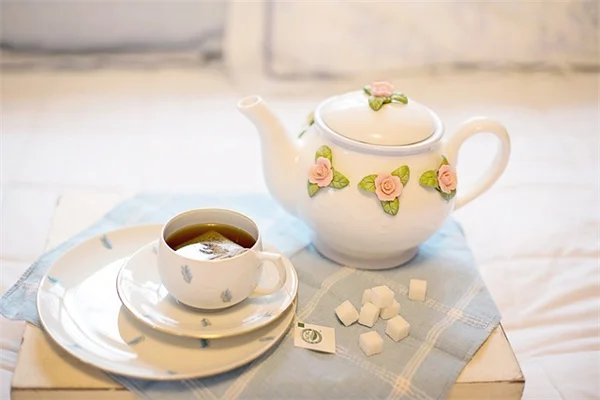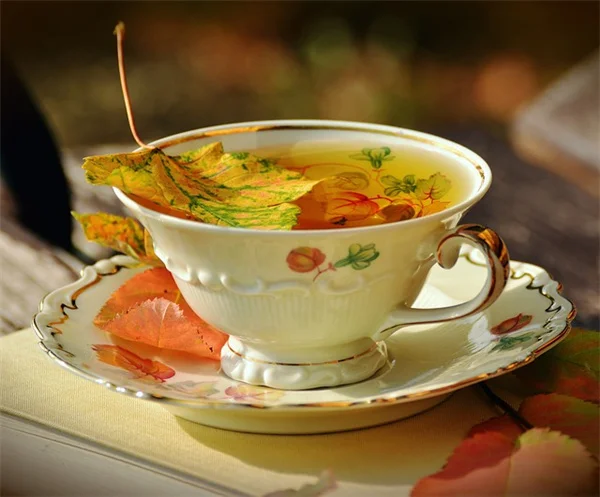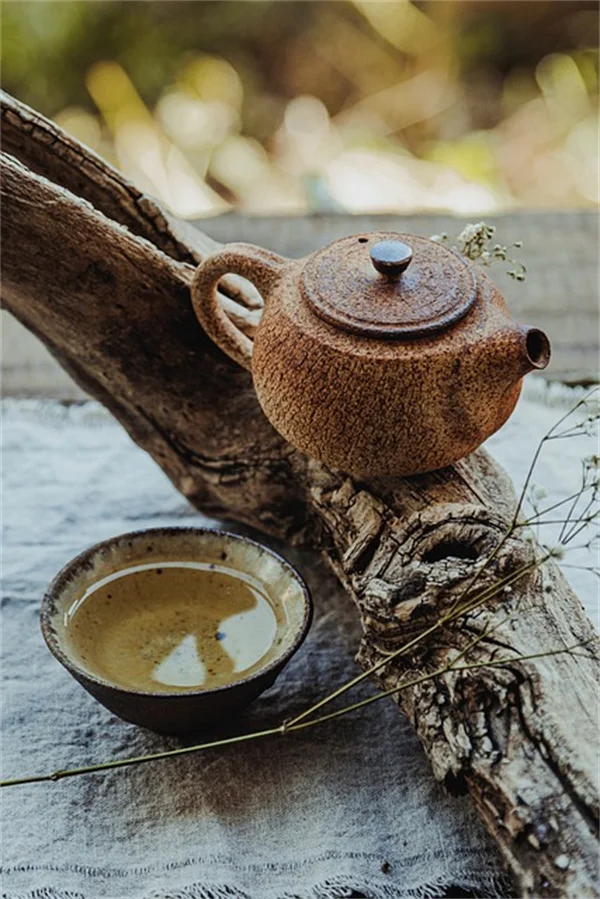Is red dye No. 3 dangerous? The answer is absolutely yes - and here's why the FDA's new ban matters to you. After 30 years of allowing this cancer-linked chemical in our food while banning it from cosmetics, the FDA is finally taking action. Starting in 2027, you won't find this synthetic dye in your candy, medicines, or drinks anymore - and honestly, we should all be checking labels right now instead of waiting.I've been following this issue for years, and let me tell you, this ban is long overdue. Studies show red dye No. 3 causes thyroid tumors in animals, and our kids are consuming up to 15 times the recommended safety limit through everyday snacks and drinks. While companies get until 2027 to reformulate products, you can start protecting your family today by learning where this dye hides and what safer alternatives exist.
E.g. :Usher's T1D Story: Why Early Diabetes Screening Saves Lives
Advertisement
- 1、The FDA Finally Bans Red Dye No. 3 - Here's What You Need to Know
- 2、The Shocking Health Risks You Should Know About
- 3、What This Ban Means for You and Your Family
- 4、The Bigger Picture - Why This Matters
- 5、The Hidden History of Food Dyes in America
- 6、Beyond Red No. 3 - Other Dyes Under Scrutiny
- 7、Navigating the Grocery Store Like a Pro
- 8、The Future of Food Coloring
- 9、FAQs
The FDA Finally Bans Red Dye No. 3 - Here's What You Need to Know
Why This Ban Matters to Your Health
Guess what just happened? The FDA finally decided to ban red dye No. 3 from our food and medicines! I know what you're thinking - "Wait, wasn't this stuff already banned?" Well, here's the crazy part: they actually banned it from cosmetics 30 years ago but kept allowing it in our food until now. Makes you wonder why it took so long, right?
The truth is, this artificial coloring has been linked to cancer in animal studies for decades. It's in everything from your kid's favorite candy to that cherry-flavored cough syrup in your medicine cabinet. The ban won't take effect until 2027, giving companies time to switch to safer alternatives. But honestly, I think we should all start checking labels now - your health is worth the extra 30 seconds at the grocery store.
Where You'll Find This Sneaky Ingredient
You'd be shocked where red dye No. 3 hides. Here's a quick list of common culprits:
| Product Type | Examples | Why It's Used |
|---|---|---|
| Candies | Gummy bears, licorice, candy canes | Creates bright red colors |
| Beverages | Fruit punches, sodas, sports drinks | Makes drinks look fruity |
| Medicines | Cough syrups, chewable tablets | Improves appearance |
Did you know that back in 1990, when they banned it from lipsticks and makeup, they left it in our food? That's like saying "Don't put poison on your skin, but go ahead and eat it!" Doesn't make much sense to me.
The Shocking Health Risks You Should Know About
 Photos provided by pixabay
Photos provided by pixabay
Cancer Connections That Will Make You Think Twice
Here's the scary part: multiple studies have shown that red dye No. 3 causes thyroid tumors in animals. Now, I'm not a rat, but when something causes cancer in animals, I'd rather not test it on myself, you know?
The Delaney Clause (a fancy FDA rule) actually says they can't approve any food additive that causes cancer in humans or animals. So why was this still in our food? Good question! Even experts like registered dietitian Kelsey Costa say this ban should have happened decades ago. Better late than never, I guess.
More Than Just Cancer - Other Health Concerns
But wait, there's more (and not the good kind)! Research suggests this dye might also:
- Cause hyperactivity in kids
- Lead to neurobehavioral issues
- Contribute to other health problems
Here's something that really gets me - kids are exposed to way more of this dye than adults. One study found some children were getting 15 times the recommended limit! That's like letting your kid eat 15 hot dogs when you told them they could have one. Not cool.
What This Ban Means for You and Your Family
When Will Products Actually Change?
The ban officially starts in 2027, but here's my advice: don't wait until then to make changes. Start checking labels now. Look for "Red 3" or "Erythrosine" (that's its fancy scientific name) in the ingredients list.
Want to know something ironic? While we've been using this questionable dye, countries like those in the European Union, Australia, and Japan banned or restricted it years ago. Makes you wonder why America is always last to the party when it comes to food safety, doesn't it?
 Photos provided by pixabay
Photos provided by pixabay
Cancer Connections That Will Make You Think Twice
The good news is there are plenty of natural alternatives that work just as well (and won't give you cancer). Here are some great options companies could use instead:
Beet juice - gives a beautiful red color and actually contains nutrients! Imagine that - food coloring that's good for you.
Hibiscus extract - not only makes things red but adds antioxidants. It's like getting your vitamins and food coloring in one package.
Sure, these natural options might cost a bit more, but isn't your health worth a few extra cents? As dietitian Katie Sanger says, this ban is a big step toward reducing the "toxic burden" on our bodies.
The Bigger Picture - Why This Matters
A Win for Public Health Advocates
This ban didn't happen overnight. Groups like the Environmental Working Group and Center for Science in the Public Interest have been fighting for this for decades. Ken Cook from EWG put it perfectly when he said we owe thanks to the early leaders who pushed for this change.
Think about it - how many other questionable additives are still in our food because no one has fought hard enough to get them out? Makes you want to pay more attention to what's in your food, doesn't it?
What You Can Do Right Now
While we wait for the ban to take effect, here are three simple things you can do:
- Start reading ingredient labels religiously
- Choose products with natural coloring when possible
- Support companies that already avoid artificial dyes
Remember, every time you choose a dye-free option, you're voting with your wallet for safer food. And that's something we can all feel good about - no artificial colors needed!
The Hidden History of Food Dyes in America
 Photos provided by pixabay
Photos provided by pixabay
Cancer Connections That Will Make You Think Twice
You might be shocked to learn that artificial food dyes have been controversial since their invention. Back in the 1800s, manufacturers used dangerous substances like lead and mercury to color candy - can you believe that? The Pure Food and Drug Act of 1906 finally put some regulations in place, but here we are over a century later still dealing with questionable additives.
The real kicker? Many of today's approved food dyes were originally developed for the textile industry. That's right - the same chemicals used to dye your jeans were later approved for your jelly beans. Makes you think twice about that bright blue sports drink, doesn't it?
The Psychology Behind Those Vibrant Colors
Ever wonder why kids' cereals are rainbow-bright while "adult" cereals look like cardboard? Food companies spend millions researching how colors affect our eating habits. Studies show:
| Color | Psychological Effect | Common Uses |
|---|---|---|
| Red | Stimulates appetite | Candy, fruit snacks |
| Blue | Creates "fun" perception | Kids' drinks, ice pops |
| Yellow | Associated with happiness | Snack cakes, chips |
Here's something wild - researchers found that people actually taste colors differently. In one famous study, participants swore orange-flavored drinks tasted more "orangey" when they were colored brighter. Our brains play tricks on us!
Beyond Red No. 3 - Other Dyes Under Scrutiny
The "Southampton Six" Controversy
While we're celebrating the ban on Red No. 3, there's a whole group of dyes causing concern overseas. In 2007, a UK study linked six food dyes (plus the preservative sodium benzoate) to hyperactivity in children. The EU responded by requiring warning labels, but guess what? Five of those dyes are still commonly used in American foods.
Why does this matter to you? Because these dyes are in everything from breakfast cereals to yogurt. And get this - some companies actually reformulate their products for European markets to avoid the warning labels, then sell the original versions here in the US. Doesn't seem quite fair, does it?
Yellow No. 5 - The Allergy Connection
Let me tell you about my friend's kid - every time he ate certain snacks, he'd break out in hives. Turns out he was reacting to Yellow No. 5 (tartrazine), one of the most common food dyes. The FDA requires it to be listed separately because it's known to cause allergic reactions in sensitive individuals.
Here's what's crazy - while the FDA acknowledges these allergic reactions, they still consider the dye safe for general consumption. Meanwhile, countries like Norway and Austria have banned it completely. Makes you wonder why we're so slow to act on these things, doesn't it?
Decoding Those Tricky Ingredient Lists
I'll let you in on a secret - food companies are masters at hiding artificial colors. They might use terms like "color added" or list them by their technical names. Here's a quick cheat sheet for your next shopping trip:
Look out for: FD&C colors (like FD&C Red No. 40), "lake" versions of dyes (used in coatings), and color "blends" that mix multiple dyes. And remember - just because something says "natural flavors" doesn't mean it's free from artificial colors!
Want to know something ironic? Many "fruit flavored" products contain no actual fruit, just artificial colors and flavors. That strawberry yogurt might be colored with Red No. 40 rather than real strawberries. Kind of makes you want to just eat the real fruit instead, doesn't it?
Surprising "Healthy" Foods That Contain Dyes
You might think you're making smart choices by avoiding candy and soda, but dyes sneak into all sorts of unexpected places. I was shocked to find them in:
- Pickles (yep, that bright green isn't natural)
- Salad dressings (especially "light" or fat-free versions)
- Some brands of white cake mix (they add blue dye to make it look whiter!)
Here's a tip that changed my shopping habits - the more processed the food, the more likely it is to contain artificial colors. That's why I try to stick to the store's perimeter where the fresh foods live. Though I'll admit, those brightly colored snack aisles can be tempting!
The Future of Food Coloring
Innovative Natural Alternatives on the Horizon
Food scientists are getting creative with natural color sources. Some of the coolest new options include:
Spirulina algae - gives a vibrant blue that's actually good for you. It's packed with protein and antioxidants too! Companies are using it to color everything from ice cream to candy.
Vegetable charcoal - creates deep black colors naturally. Remember when activated charcoal was trendy in health foods? Now it's coloring burger buns and ice cream cones.
The best part? These natural alternatives often come with nutritional benefits instead of health risks. As consumer demand grows, we're seeing more companies invest in these innovative solutions. Maybe one day we'll look back at artificial food dyes the way we now look at lead-based makeup - with complete disbelief!
How Consumer Power is Changing the Industry
Here's some good news - your shopping choices really do make a difference. When major brands like Kraft and General Mills started losing sales over artificial ingredients, they quickly reformulated popular products. Remember when Kraft Mac & Cheese got rid of Yellow No. 5 and 6? That happened because thousands of parents demanded change.
Want to make an impact? Start by checking out the "Clean Label Project" or downloading apps like "EWG's Healthy Living" that help identify problematic additives. And don't underestimate the power of a tweet or email to your favorite brands - I've seen companies reformulate products after just a few hundred customer complaints!
E.g. :FD&C Red No. 3 | FDA
FAQs
Q: Why did the FDA ban red dye No. 3 now after 30 years?
A: Here's the crazy truth - the FDA actually knew about the cancer risks decades ago! They banned red dye No. 3 from cosmetics back in 1990 but left it in our food. What finally pushed them to act? A combination of new research showing behavioral effects in kids, pressure from health advocates, and states like California passing their own bans. As dietitian Kelsey Costa told us, this should have happened years ago under existing FDA rules. The delayed action shows how slow our food safety system can be, even when evidence mounts about health risks.
Q: What common products contain red dye No. 3?
A: You'd be shocked where this dye hides! It's in everything from your kid's favorite gummy bears to that cherry cough syrup in your medicine cabinet. Look for it in candies (especially anything bright red or pink), fruit-flavored drinks, baked goods with colored icing, and many medicines - both prescription and over-the-counter. Some toothpastes and mouthwashes even use it! The key is to check labels for "Red 3" or "Erythrosine" in the ingredients list. I always tell my friends: if the color looks too perfect to be natural, it probably is.
Q: Are there safer alternatives to red dye No. 3?
A: Absolutely - and some actually boost your health instead of harming it! Natural options like beet juice, hibiscus extract, and red cabbage provide vibrant colors without the cancer risk. While these might cost a bit more and produce slightly different shades, they come with antioxidants and nutrients instead of potential toxins. As dietitian Katie Sanger points out, this switch could actually reduce our "toxic burden." The European Union has been using these safer alternatives for years - proof that we can have colorful foods without questionable chemicals.
Q: How can I avoid red dye No. 3 before the 2027 ban?
A: Don't wait for the ban - start protecting your family now! First, become a label-reading pro (I keep a magnifier in my purse for those tiny ingredient lists). Choose products colored with vegetable juices or extracts instead of artificial dyes. Support brands that already avoid synthetic colors - your purchases send a powerful message. And here's my favorite tip: when in doubt, go for naturally colorful whole foods like berries and beets. Your body will thank you for skipping the chemical cocktails!
Q: Why are children at higher risk from red dye No. 3?
A: This is what really gets me fired up - kids consume way more of this dye relative to their body weight than adults do. Think about it: bright red candies, fruit punches, colorful cereals - these are staples of many children's diets. Studies show some kids exceed safety limits by 15 times! Plus, their developing bodies may be more vulnerable to the dye's effects, including potential links to hyperactivity. As a parent myself, I've made it a rule to avoid artificial colors in my kids' foods. It's one easy way to reduce their exposure to questionable chemicals.


